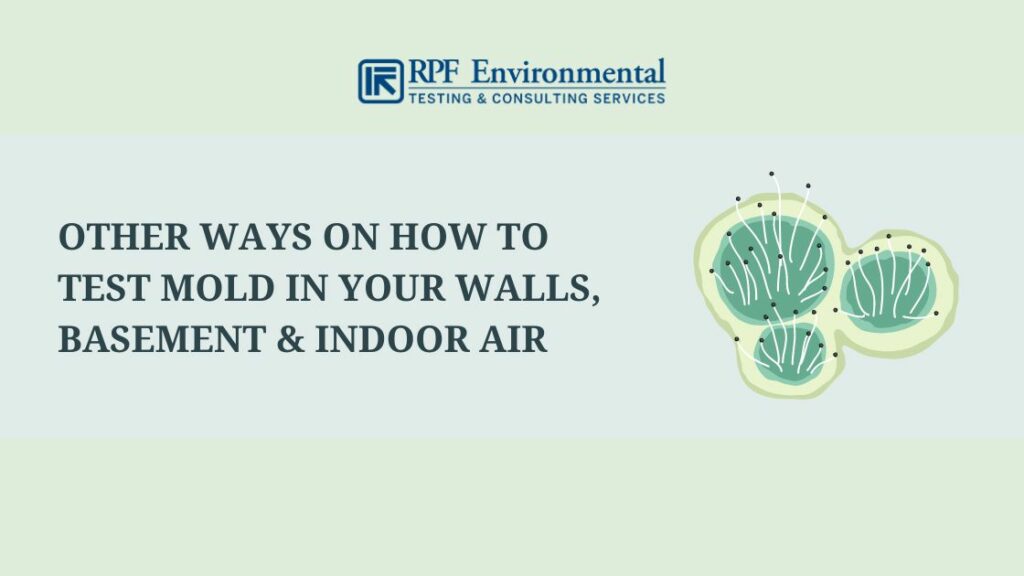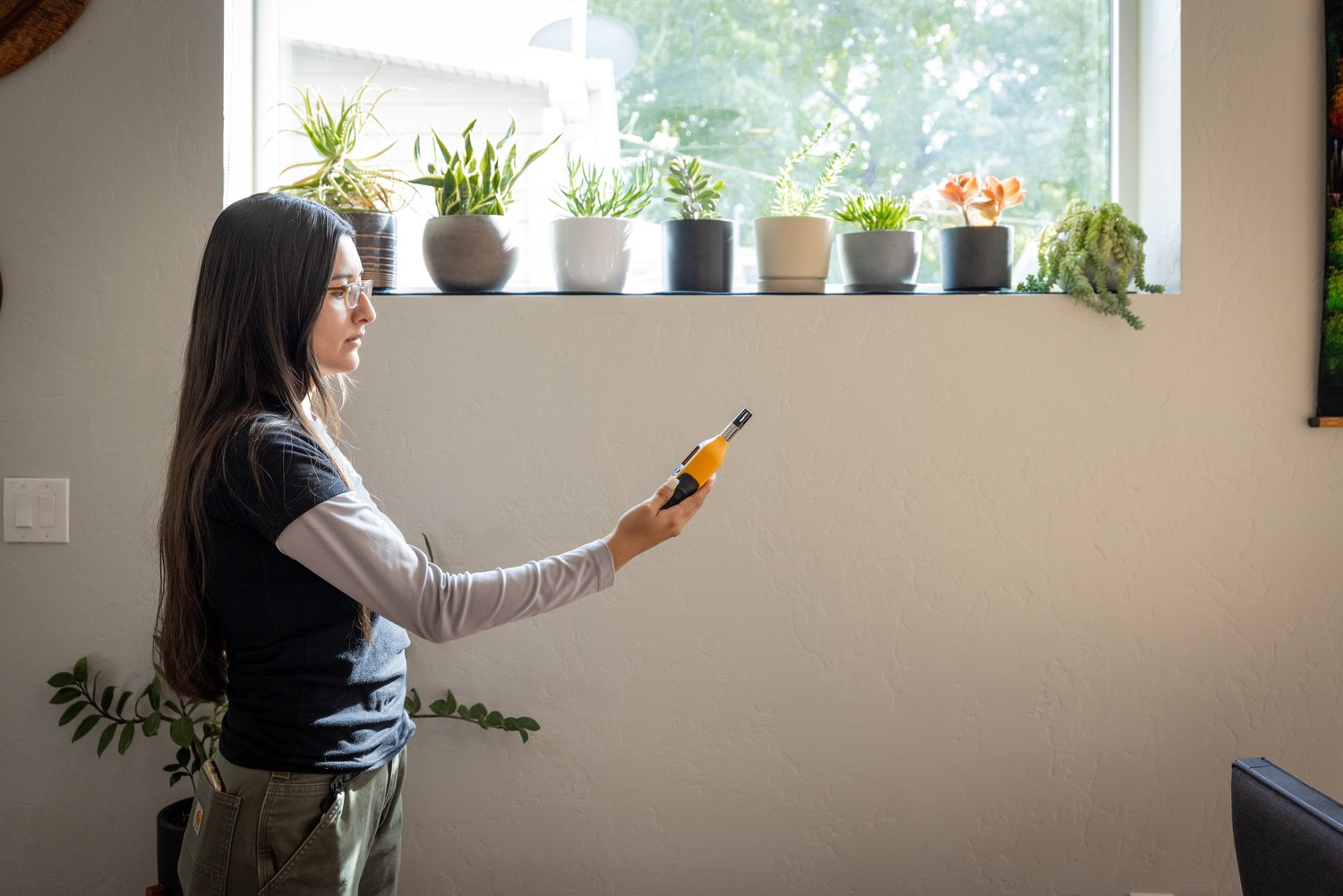Enhance Your Security Procedures with Specialist Mycotoxin testing Services
Enhance Your Security Procedures with Specialist Mycotoxin testing Services
Blog Article
Ensuring Conformity With Regulations: the Role of Mycotoxin Examining in Quality Assurance
Guaranteeing compliance with strict regulations is extremely important for keeping food security, and the function of mycotoxin testing in quality control can not be overemphasized. Mycotoxins, hazardous compounds generated by particular molds, position significant health and wellness risks, making their discovery crucial in food production.
Recognizing Mycotoxins
Comprehending mycotoxins is basic to guaranteeing the quality and safety of farming items. Mycotoxins are toxic additional metabolites created by particular varieties of fungi, commonly located in foods such as nuts, spices, and grains. These compounds can emerge at numerous stages of the food production procedure, from pre-harvest to storage space, and posture considerable wellness risks to both people and pets (Mycotoxin testing Services). One of the most infamous mycotoxins include aflatoxins, ochratoxins, trichothecenes, and fumonisins, each linked with particular environmental problems and fungal types.
The visibility of mycotoxins in food products can cause chronic and intense health and wellness concerns, including liver damages, immune suppression, and cancer causing effects. Their discovery and metrology are vital components of top quality control in agricultural and food sectors. The complexity of mycotoxin contamination demands a diverse approach, utilizing advanced logical techniques such as fluid chromatography, mass spectrometry, and enzyme-linked immunosorbent assays (ELISA) By understanding the resources, types, and results of mycotoxins, stakeholders in the agricultural market can better implement preventative actions and reduce threats, making sure more secure consumption for end-users. This understanding creates the bedrock whereupon effective mycotoxin monitoring practices are developed.
Regulatory Specifications for Mycotoxins
Having actually developed a fundamental understanding of mycotoxins and their influence on food security, it is critical to examine the governing standards regulating their visibility in agricultural products. Regulative criteria for mycotoxins are important since they specify allowable restrictions, ensuring food security and securing public health and wellness. Numerous international and national agencies have actually set these limits based on detailed danger analyses.
The Codex Alimentarius Payment, an international body established by the FAO and WHO, gives guidelines and maximum permitted degrees for various mycotoxins in food and feed. For example, the Codex has established limits for aflatoxins in peanuts, maize, and dried out figs, amongst other commodities. These standards are typically embraced or adjusted by specific countries to fit their particular demands.
In the European Union, Law (EC) No 1881/2006 states maximum degrees for a number of mycotoxins, such as aflatoxins, ochratoxin A, and deoxynivalenol, in various food. Likewise, the U.S. Food and Medicine Administration (FDA) has actually developed action degrees for mycotoxins like aflatoxins in commodities such as grains and nuts.
Adherence to these regulatory criteria is vital for maintaining market accessibility, consumer trust fund, and public health and wellness. Non-compliance can result in substantial financial losses and wellness dangers, underscoring the significance of rigorous mycotoxin testing protocols.
Examining Techniques and Technologies

ELISA is widely valued for its economical and rapid testing abilities, making it perfect for high-throughput environments. It relies upon antibodies to find particular mycotoxins, providing outcomes in a relatively brief time structure. Its level of sensitivity may be restricted compared to a lot more sophisticated methods.
HPLC, on the various other hand, masters providing measurable analysis with high precision and precision. It divides complex combinations right into individual elements, making it very reliable for identifying and evaluating multiple mycotoxins simultaneously - Mycotoxin testing Services. This technique, while extra resource-intensive and lengthy than ELISA, offers a higher level of dependability

LC-MS stands for the peak of logical specificity and sensitivity. Combining the separation power of fluid chromatography with the detection abilities of mass spectrometry, LC-MS can spot even trace levels of mycotoxins. This approach is crucial for confirming the existence of mycotoxins in regulative and forensic contexts, ensuring conformity with strict security requirements.
Carrying Out Checking Procedures

Including these sophisticated screening approaches right into an extensive top quality control structure necessitates a well-structured method to carrying out screening protocols. To accomplish this, organizations have to first conduct a detailed risk evaluation to determine prospective mycotoxin contamination factors within the supply chain. This evaluation educates the growth of a customized screening strategy that deals with certain susceptabilities.
Next, establishing standard tasting procedures is critical. Consistent sampling makes certain that examination outcomes are trustworthy and agent of the whole set (Mycotoxin testing Services). try this Abiding by standards from regulative bodies, such as the FDA or EFSA, aids maintain compliance and boosts the credibility of the testing process
Educating personnel is another critical element. Personnel needs to excel in both example collection and the procedure of screening tools. Routine training sessions and accreditation click resources programs can ensure that staff member remain upgraded with the most up to date methods and regulative modifications.
Benefits of Mycotoxin Checking
Mycotoxin testing offers numerous advantages that significantly enhance the safety and security and high quality of food and feed products. Primarily, it acts as an essential control action to stop polluted goods from reaching the consumer market, consequently protecting public wellness. By determining and quantifying mycotoxins such as fumonisins, ochratoxins, and aflatoxins, producers can ensure that their products fulfill strict regulative criteria, therefore staying clear of potential lawful repercussions and connected costs.
Furthermore, mycotoxin screening adds to the financial viability of food and feed sectors by minimizing the danger of massive product recalls. The capacity to separate and detect polluted sets early in the production procedure reduces waste and avoids the economic losses connected with broken brand name track record. Additionally, it promotes consumer trust and commitment, as customers are significantly knowledgeable about food security problems and need better criteria.
The implementation of routine mycotoxin testing likewise promotes finest techniques within agricultural and manufacturing sectors. By adhering to strenuous testing methods, firms can maximize their high quality control procedures, boost operational effectiveness, and make sure the constant manufacturing of safe, high-quality items. In verdict, the advantages of mycotoxin testing are complex, adding to public wellness, financial stability, and market integrity.
Final Thought
Mycotoxin testing is essential in guaranteeing conformity with regulative requirements, thereby keeping food security and quality control. By methodically finding damaging mycotoxins, this technique assists minimize health and this post wellness risks, protect against lawful effects, and stay clear of financial losses linked with item recalls. Implementing durable testing methods promotes consumer trust and self-confidence in food safety techniques, eventually supporting the honesty and track record of food businesses. Hence, mycotoxin testing continues to be a crucial element of modern-day food safety and security administration systems.
Making sure conformity with stringent guidelines is paramount for preserving food security, and the duty of mycotoxin testing in high quality control can not be overemphasized.In the realm of mycotoxin screening, advanced techniques and modern technologies are pivotal in guaranteeing food security and governing conformity.Mycotoxin screening offers various advantages that considerably improve the safety and security and quality of food and feed products.Mycotoxin testing is critical in ensuring compliance with regulatory requirements, therefore preserving food safety and quality control. Thus, mycotoxin testing stays an indispensable part of modern-day food safety administration systems.
Report this page